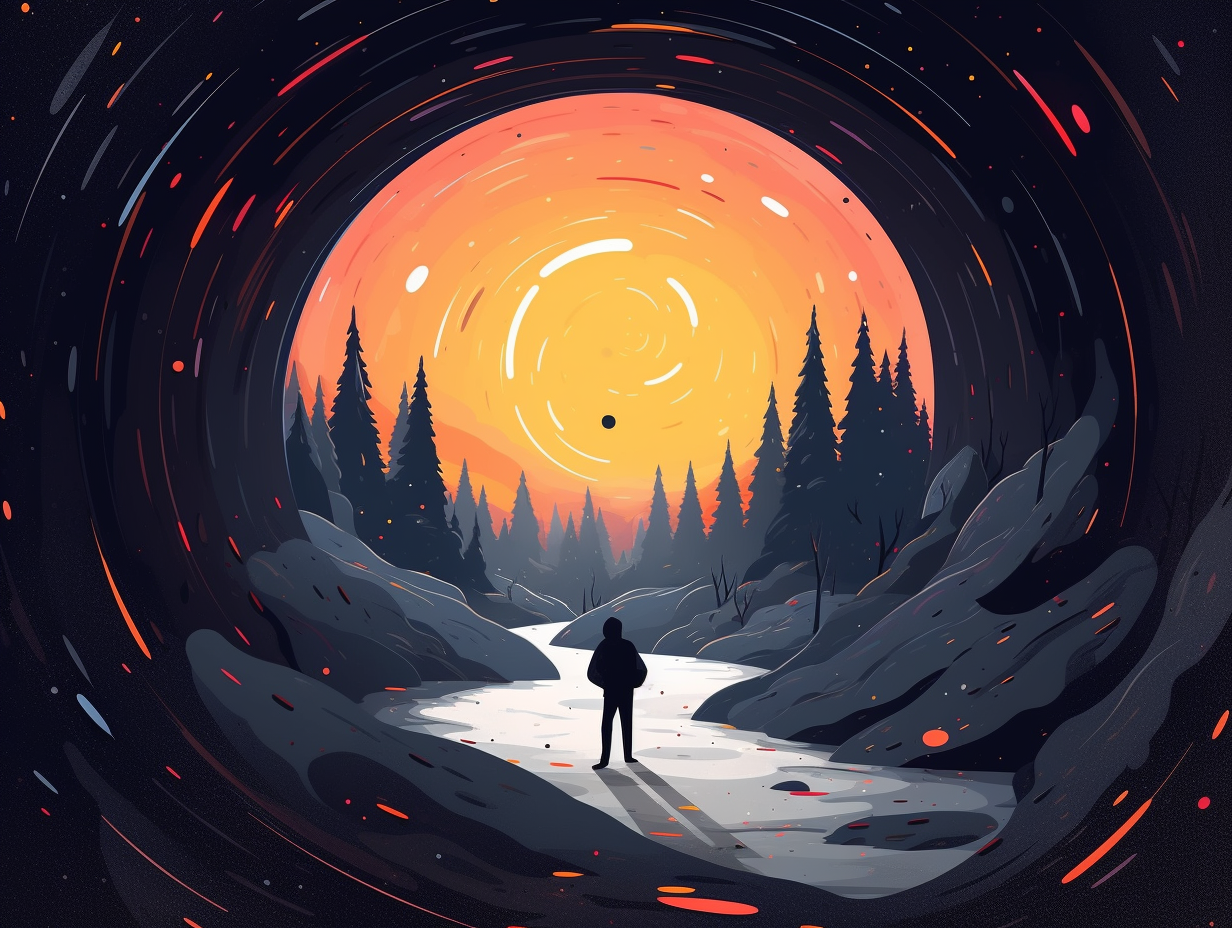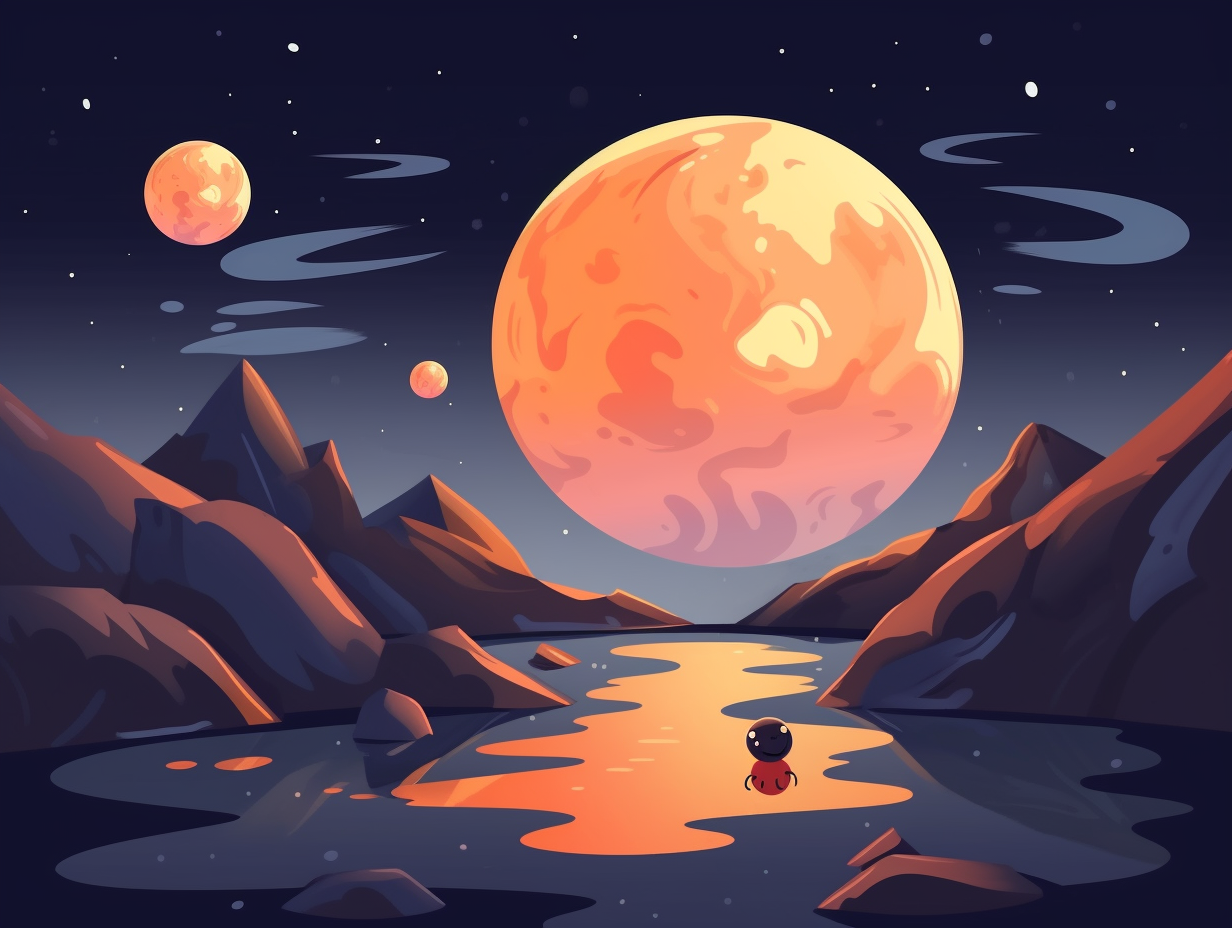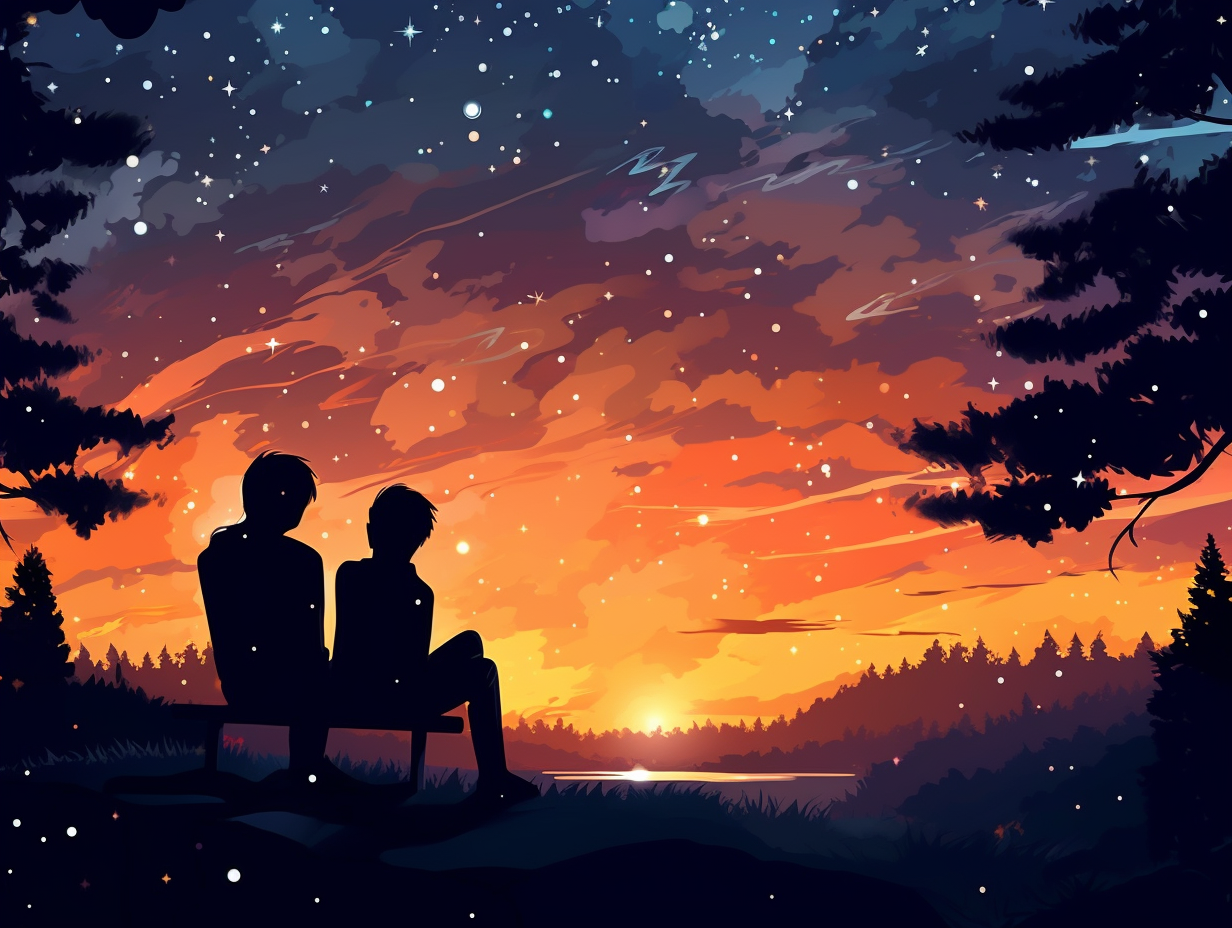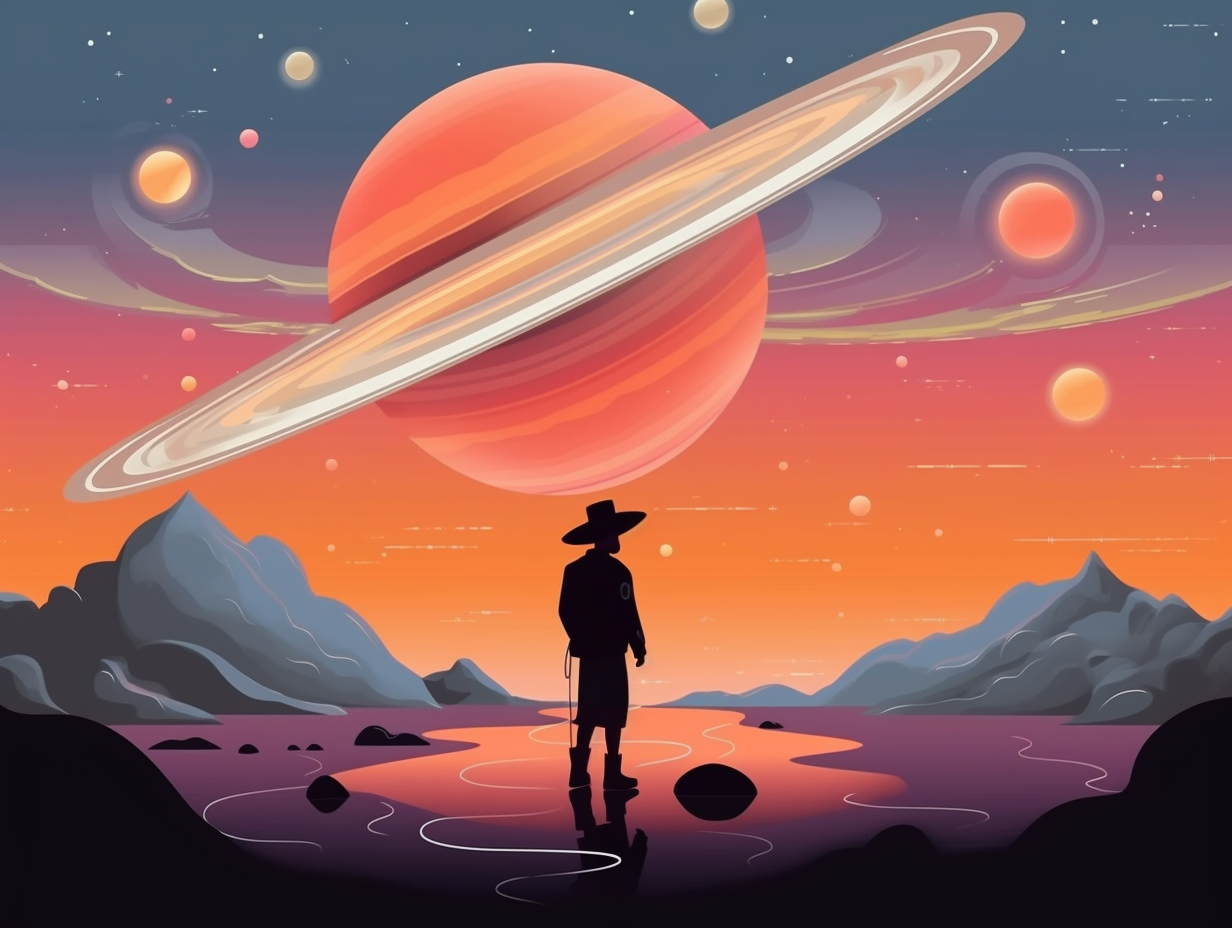Discover the Stars: Top 11 Fun Facts About Cassiopeia That'll Spark Your Curiosity!

1. Cassiopeia High: Stellar Honors and Cheerleader Stars
If Cassiopeia was a high school, it'd be the one with the stellar honor roll and the brightest stars on the cheerleading team: This constellation boasts luminous stars like Rho Cassiopeiae and V509 Cassiopeiae and 14 star systems with exoplanets, including one with a magnificent seven planets!
Source => en.wikipedia.org
2. Celestial Hoax: Vain Greek Queen's Humble Punishment
In a cosmic game of "queen-ing the queen," the celestial stage played a hoax by turning a vain Greek queen into an eternally humbling sight: The Cassiopeia constellation represents the once boastful queen, bound to her throne or stuffed in a basket. Its zig-zag shape is a reminder of her punishment for treachery, and its circumpolar position even hangs her upside down in the sky sometimes.
Source => chandra.harvard.edu

Did you know stars change colors as they heat up and cool down, with red stars being cooler and blue stars being the hottest? Discover their unique life-cycles and how they strut their cosmic style on the color wheel!
=> Fun Facts about Stars
3. DJ Cassiopeia A: Dropping Cosmic Beats
If Cassiopeia A was a DJ, she'd be dropping the sickest beats in the galaxy, but don't go mistaking her celestial bangers for the latest alien remixes: Cassiopeia A is a supernova remnant located about 11,000 light-years away, and it happens to be the brightest extrasolar radio source in the sky at frequencies above 1 GHz, though this cosmic phenomenon has nothing to do with extraterrestrial life or UFOs.
Source => en.wikipedia.org
4. Cassiopeia: Supernova of the Red Carpet
If Cassiopeia were a celebrity, it'd be the supernova of the red carpet with its dazzling "W" shape and an entourage of mesmerizing deep-sky objects that make the cosmos go starry-eyed: In its celestial abode, Cassiopeia boasts the brilliantly bright radio source Cassiopeia A, alongside astral wonders like the Heart Nebula, Soul Nebula, Pacman Nebula, and White Rose Cluster, making it the astro-photographer's dream destination.
Source => astrobackyard.com
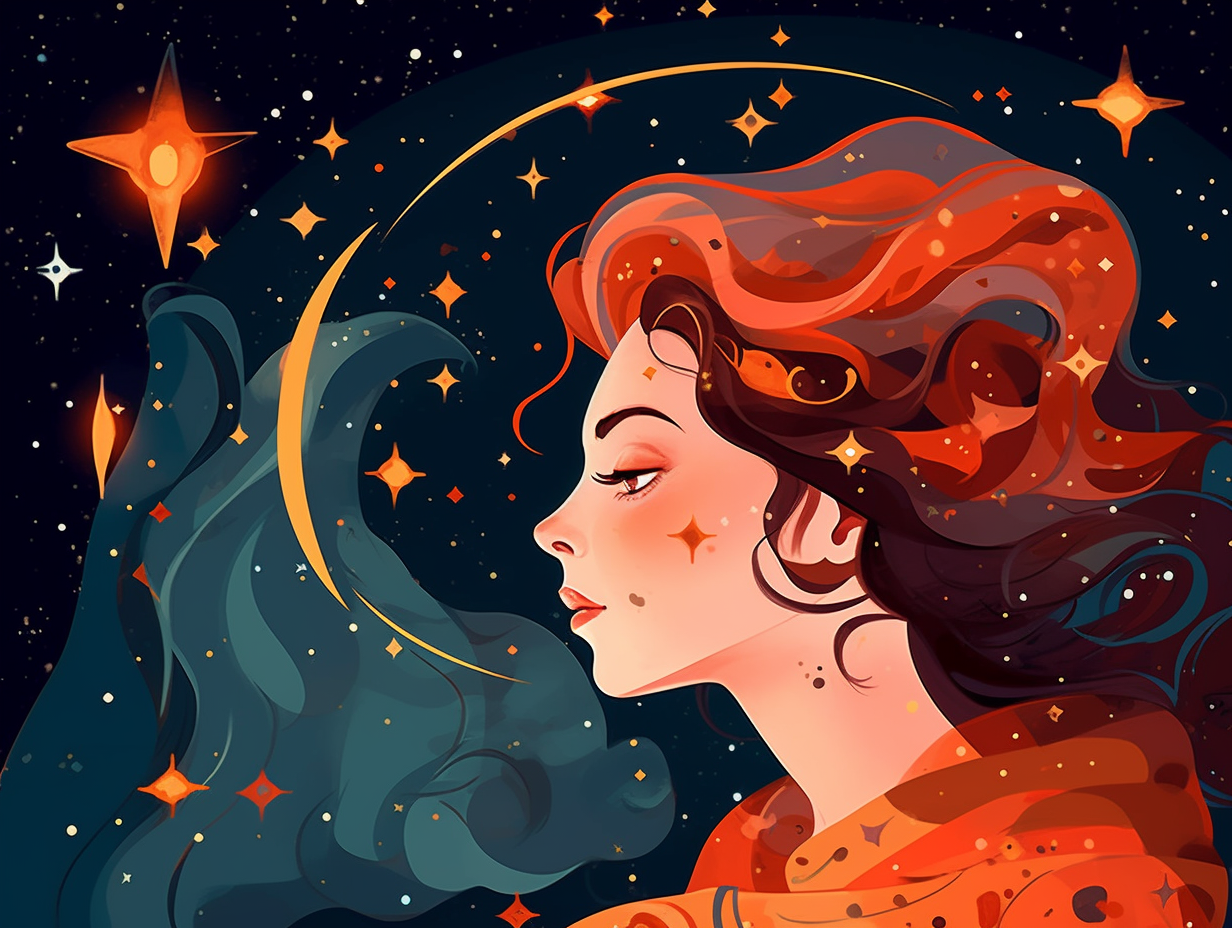
5. Tycho Brahe's Celestial Bombshell Observation
When Tycho Brahe wasn't busy spreading stardust and sass in the 16th-century astronomical scene, he had his eyes set on a celestial bombshell called Cassiopeia: Tycho's observation of SN 1572 within this constellation was a game-changer, prompting the revision of ancient celestial models and inspiring the invention of more accurate astronomical instruments for better astrometric star catalogues.
Source => en.wikipedia.org
6. Schedar: Celestial Navigation Star
Step aside, Polaris, Cassiopeia is navigating this celestial highway: Schedar, also known as Alpha Cassiopeiae, is not only part of Cassiopeia's iconic W-shaped formation, but it's actually one of the 58 navigational stars, beloved by celestial travelers for its brightness and easy-to-spot location. Even though it might not win the brightness battle with its neighboring stars, Schedar's fame remains unvaried in the stargazing world.
Source => star-facts.com
7. Wonder Woman vs. Cassiopeia: Battle of the Ws
Move over, Wonder Woman, and make way for the celestial "W" in the sky: Cassiopeia boasts five bright stars (Alpha, Beta, Gamma, Delta, and Epsilon Cassiopeiae) that form a head-turning W shape, and includes some of the most luminous stars known, such as yellow and white hypergiants along with 14 star systems with exoplanets - one potentially hosting a party of seven planets.
Source => en.wikipedia.org
8. Rho Cassiopeiae: Connoisseur of Cosmic Mood Swings
How do you make a celestial drama queen? Well, just ask Rho Cassiopeiae, the moodiest connoisseur of cosmic mood swings: This uber-unpredictable star has been known to fling 10% of a solar mass into space during its eruptions, dimming its glow dramatically and changing its spectral type from late F to early M – and all while sashaying incognito as a regular magnitude 4.4 star most of the time!
Source => solstation.com
9. Queen Cassiopeia's Enigmatic Distance Taunt
In a celestial game of "Queen for a day," Cassiopeia remains forever a diva on her inverted throne, taunting mortals with her heavenly vanity: This constellation, named after a rather self-absorbed Greek queen, is home to the enigmatic Owl Cluster, NGC 457, discovered by Sir William Herschel in 1787. The mystifying distance of this celestial object is estimated to be anywhere between 2,000 and 10,400 light-years away from us mere mortals.
Source => skyandtelescope.org

10. White Rose Cluster: A Celestial Bouquet
What do roses and the galaxy have in common – besides being the plot of a sci-fi romance novel? That's right: they share a celestial look-alike!: Behold the "White Rose" Cluster, also known as "Caroline's Rose" Cluster, located in Cassiopeia! These swirling patterns of stars and dark lanes are reminiscent of rose petals in full bloom. Discovered by Caroline Herschel in 1783, her brother William Herschel added it to his catalog as H VI.30. This astronomical bouquet has an estimated age of 1.7 billion years and sits a mere 7.6 thousand light-years away from us Earthlings.
Source => en.wikipedia.org
11. Cassiopeia's Shape-shifting: From W to M
Cassiopeia, forever zigzagging between aspirations of forming a "W" like Wonder Woman and an "M" like McDonald's in the cosmic fast food of the night sky: This constellation, visible almost all year in the northern sky, transforms from a "W" to an "M" pattern as it circles around the North Celestial Pole each January, amusing stargazers with its celestial shape-shifting abilities.
Source => astrojourney.wordpress.com
Related Fun Facts



